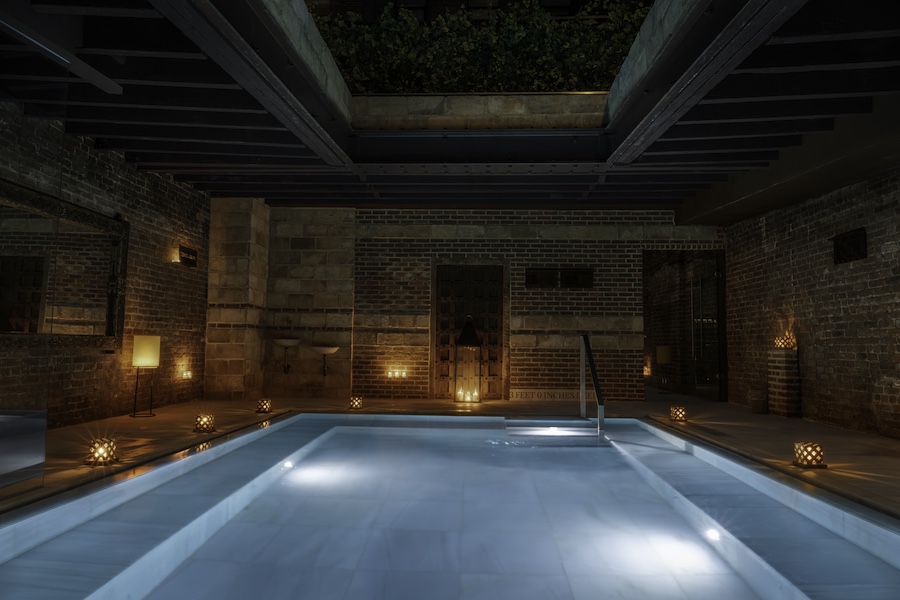Textile and surface solutions manufacturer Designtex has reduced its greenhouse gas footprint of its operations to net zero. In addition, the company is offsetting business travel, employee commuting, and all product shipments into and out of the warehouse.
In early 2007, Designtex began its commitment to reduce its corporate footprint with a three-year contract to offset its headquarters’ energy use. The company’s Environmental Strategy department spent the intervening years implementing internal waste reduction and energy-efficiency measures while researching and analyzing its carbon footprint and potential carbon offset partners. In 2009, the company enlisted Vermont-based NativeEnergy, experts in carbon reduction and offset services, to assess its footprint and offer guidance in making on-site reductions and providing verified offsets.
Designtex’s 2010 footprint of 3,336 tons of CO2 will be directly reduced by an on-site LED lighting retrofit at its headquarters, which will save 71 percent of the energy used by traditional lighting. The company is further balancing its footprint with Renewable Energy Credits (RECs) and two carbon-offset projects. The RECs, which offset 1,533,000 kWh of energy, are from U.S.-based wind power. The first project, the Clinton County Landfill Gas-to-Energy plant in Morrisonville, New York, captures the potent greenhouse gas methane from the landfill and converts it to clean power. The second offset project consists of a 10-turbine wind farm that was built in Greensburg, Kansas, a town devastated by one of the worst tornadoes in American history in 2007. Designtex and other Native Energy customers helped finance the Greensburg Wind Farm, which generates enough energy to power the town and bring additional renewable energy to the grid.


